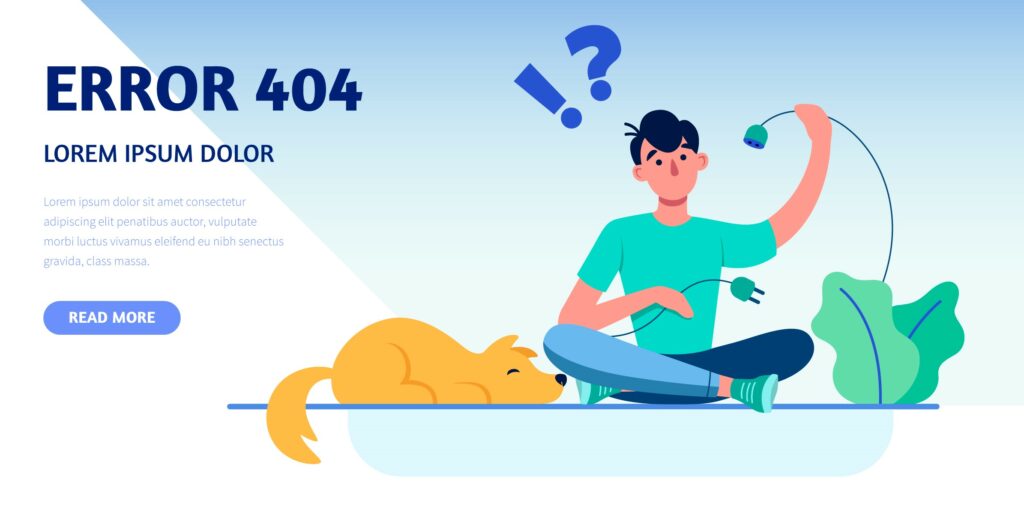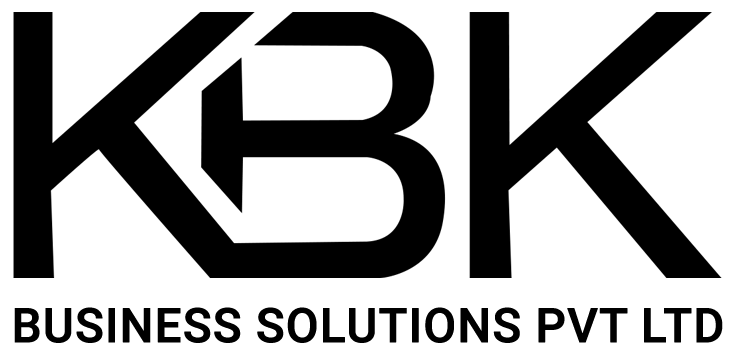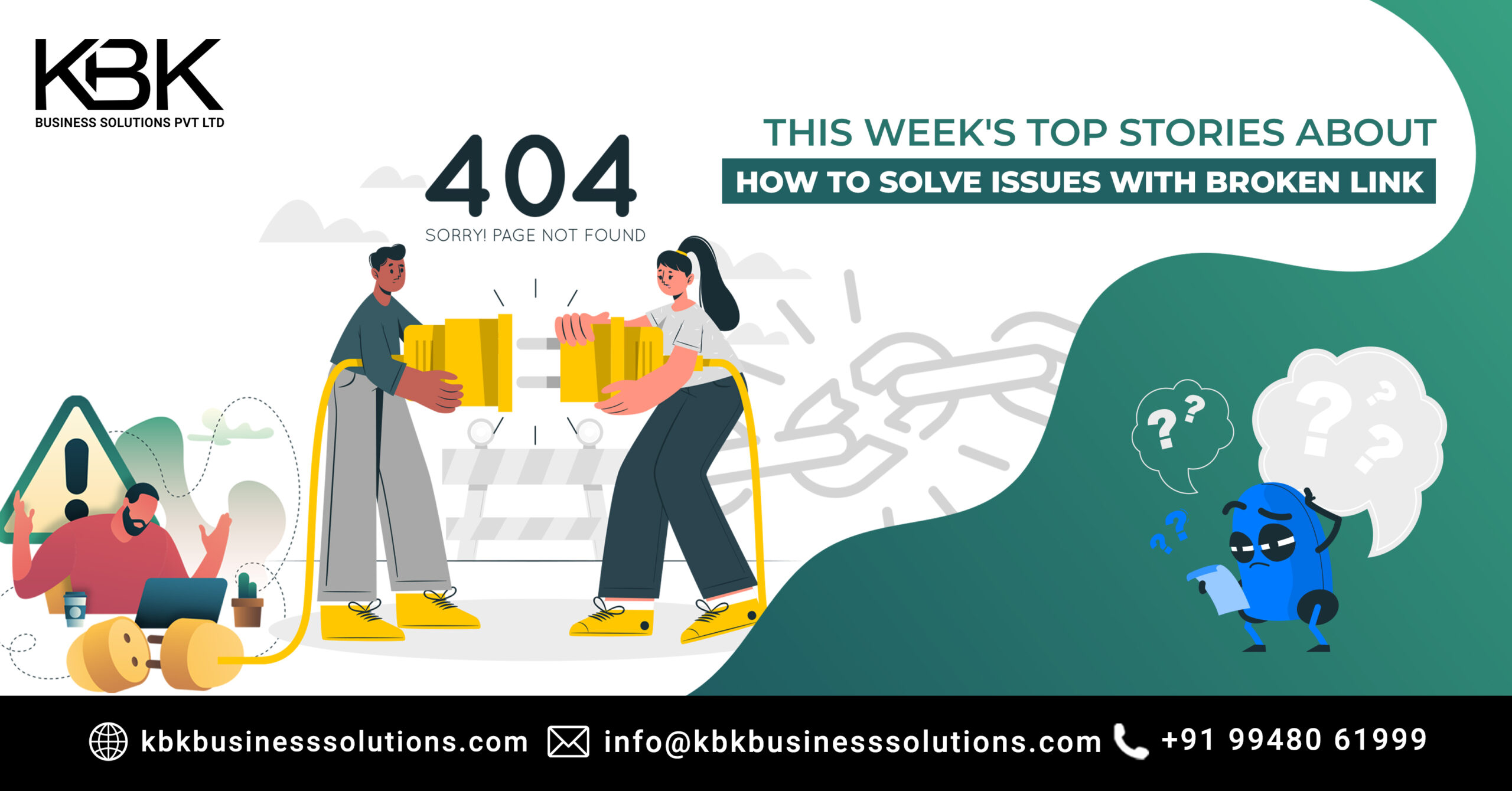A broken link is a link that leads to a non-existent page or website. When someone clicks on a broken link, they typically get an error message, which can be frustrating and confusing. But more importantly, if your website has too many broken links, it can hurt your search engine rankings and cause visitors to leave your website. So how do you quickly fix broken links on your website? Here are this week’s top stories about how to solve issues with broken links.
1. What are broken links?
Broken links are links that no longer lead to the intended destination. They can be caused by a variety of factors, such as a website being taken down, a page being moved or deleted, or an incorrect URL being used.
Broken links can have a negative impact on user experience and search engine rankings, so it is important to identify and fix them as soon as possible.

Broker links can have a negative impact on a website’s performance and reputation.
They can lead to slow loading times, poor user experience, and even security risks. Additionally, they can also lead to search engine penalties if the links are not properly managed.
As such, it is important for website owners to be aware of the potential risks associated with broken links and take steps to ensure that their websites remain secure and perform well.
How do Broken links cause damage to your website?
Broken links can have a serious impact on the performance of a website.
They can lead to decreased user engagement, lower search engine rankings, and even lost revenue. Broken links are caused by outdated content, incorrect URLs, or deleted pages.
They can also be caused by changes in the website structure or coding errors. It is important for website owners to regularly check their websites for broken links and take steps to fix them as soon as possible.
This will help ensure that visitors have a positive experience when they visit the website and that search engines are able to properly index the site’s content.
Prevent Broken links:
Broken links can be a major issue for websites, as they can lead to a decrease in Traffic and search engine rankings. To prevent broken links, website owners should regularly check their websites for any broken links and take the necessary steps to fix them.
Additionally, they should also use tools such as link checkers to detect any broken links before they could damage the website. Furthermore, website owners should also ensure that all external links are updated regularly to avoid any potential issues with broken links.
i) Check for Broken Links on Your Site Regularly:
The first step in fixing any problem with broken links is to check for them regularly. This means that you should scan your site once in three months for any broken links that may have been created since the last time you checked. You can use tools like Google Webmaster Tools or Xenu’s Link Sleuth to easily scan your site for broken links.
ii) Update and Monitor External Links:
External links are those that lead away from your domain and out onto other sites. It’s important to keep these updated because if the other site changes its URL structure, then the link on your site will become outdated and result in a dead end. Make sure that you regularly check and update external links so that they remain functional.
Fix Broken links:
Broken links can be a major issue for websites, as they can lead to a decrease in traffic and search engine rankings.
Fortunately, there are several ways to fix broken links. The most common way is to manually check each link on the website and replace any that are broken with working ones.
Additionally, you can use tools such as Google Search Console or Screaming Frog to detect and fix broken links.
Finally, you can also use 301 redirects to point users from the old link to the new one. By following these steps, you can ensure that your website is free of broken links and provide a better experience for your users.
i). Finding and Fixing Broken Links:
The first step in solving any broken link issue is to find the problematic link and then address it. Fortunately, there are many tools available that can help you locate broken links quickly and easily. One of the most popular tools is Screaming Frog’s SEO Spider, which crawls through all of your website’s pages to identify any broken links or other potential problems. Once you have identified any issues, you can use a tool like Broken Link Checker to fix them. This will ensure that all of your internal links are working as intended, helping increase your SEO ranking and overall website performance.
ii) Set Up Redirects for Deleted Pages:
If you’ve deleted pages from your website, make sure to set up redirects so that visitors who click on the old page are sent to an appropriate new page instead of getting an error message. This way, visitors won’t get frustrated and leave your website without viewing any of its content. You can also use redirects when moving pages around or changing URLs on existing pages; this helps maintain SEO equity and keeps visitors from getting lost in the shuffle.
2. How to fix broken internal links in websites?
One of the most effective methods is to use an automated link checker tool. This tool will scan your website and identify any broken links that need to be fixed.
Additionally, you can also manually check for broken links by clicking on each link on your website and verifying that it works correctly. Once you have identified the broken links, you can then take steps to fix them by either updating the link or removing it altogether.
By taking these steps, you can ensure that your website is free from any broken links and provide a better user experience for visitors.
The following are the steps to fix broken links.
Create a 301 Redirect through a Plugin. For example by using RankMath or by updating your access file.
The syntax for creating the 301 redirects:
How to update the 301 Redirects via htaccess:
It is important to be familiar with the process to edit HT Access File. Failing to do it properly, may crash your website. It is recommended to use your Notepad to copy and paste the entire file of your website to keep a backup.
Steps:
3. What is a broken link generator?
A broken link generator is a tool that helps webmasters and content creators identify and fix broken links on their websites.
It scans the website for any broken links, which are links that lead to a page that no longer exists or has been moved.
The tool then provides the user with a list of all the broken links, allowing them to quickly identify and fix them.
This helps ensure that visitors to the website have an enjoyable experience, as they won’t be met with dead ends when clicking on a link.
Broken link generators can also help improve SEO rankings by ensuring that all of the website’s internal and external links are working properly
Steps to detect broken links
To perform this simple task you should:
Conclusion:
When it comes to fixing issues with broken links, it pays to be proactive rather than reactive. If you take the time to check for broken links regularly and set up redirects when necessary, then you’ll be able to quickly fix any problems before they become too problematic or damaging. Doing so will help ensure that visitors don’t get frustrated by dead ends while navigating around your website—and it will also help maintain good search engine rankings as well!








